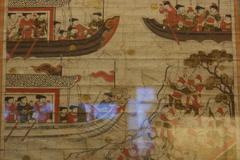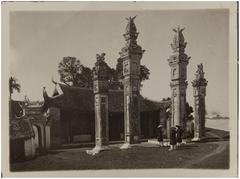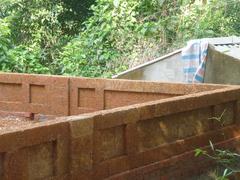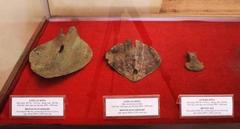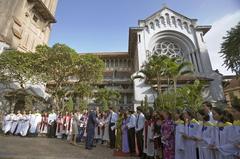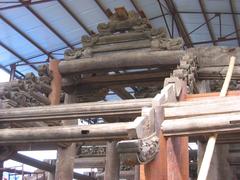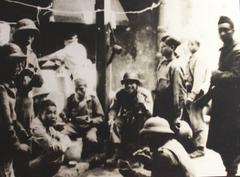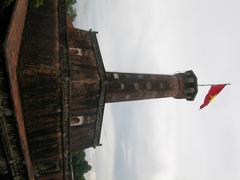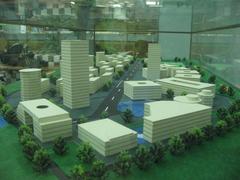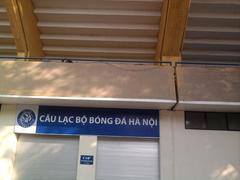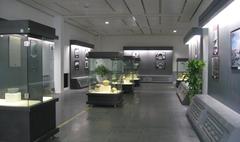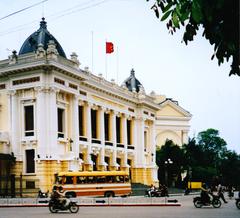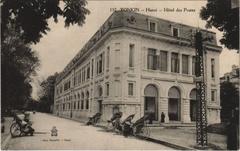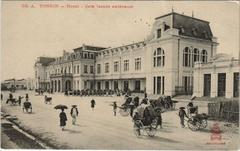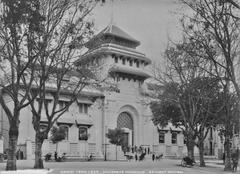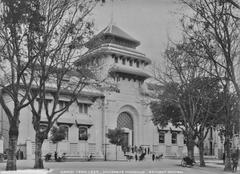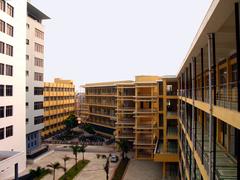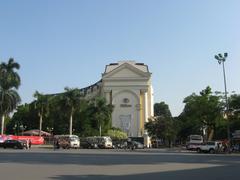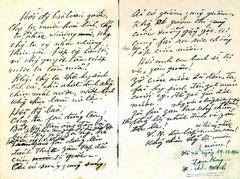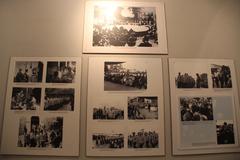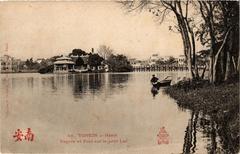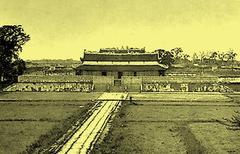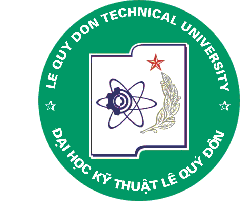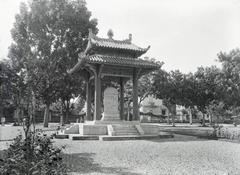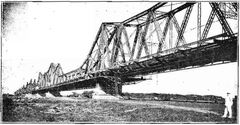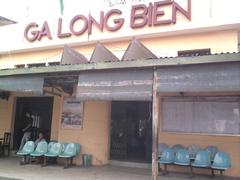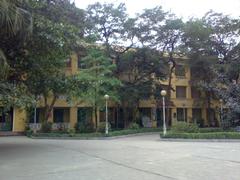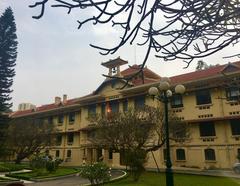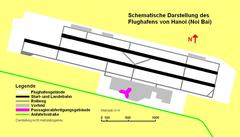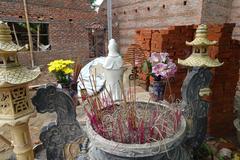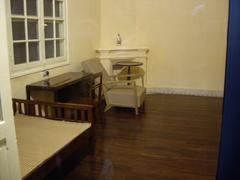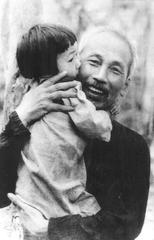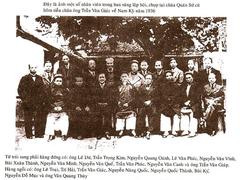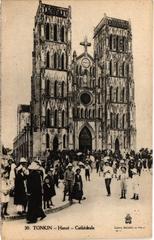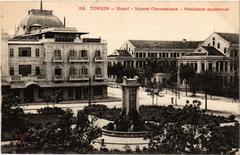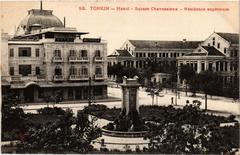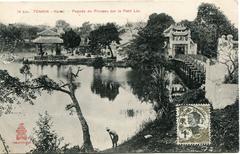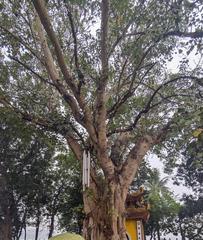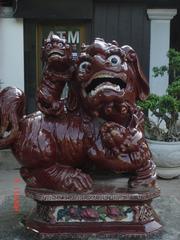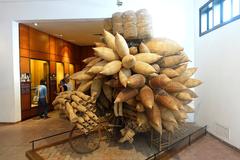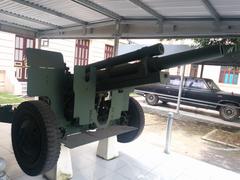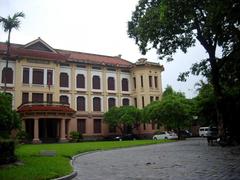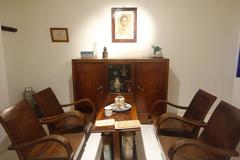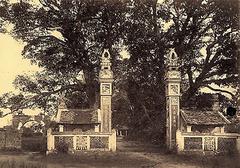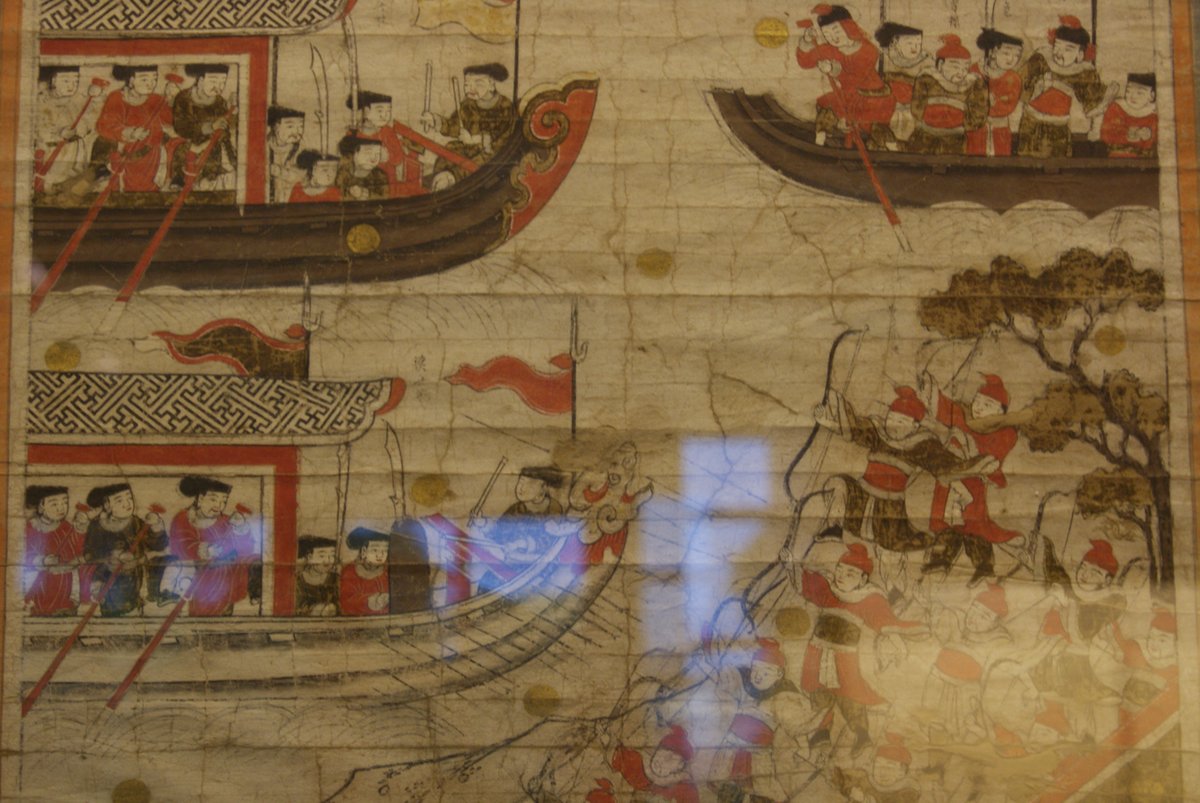
National Museum of Vietnamese History Hanoi: Visiting Hours, Tickets, and Comprehensive Guide
Date: 14/06/2025
Introduction: Unveiling Vietnam’s Past in the Heart of Hanoi
Nestled near Hoan Kiem Lake and the Hanoi Opera House, the National Museum of Vietnamese History is more than a museum—it is a gateway to the nation’s story, from prehistoric roots to modern identity. Established in 1958 and housed in a remarkable Indochinese architectural landmark by Ernest Hébrard, the museum attracts history lovers, scholars, and travelers alike. Visitors are treated to a carefully curated journey spanning over 200,000 artifacts that illustrate Vietnam’s evolving culture and resilience (Vietnam National Museum of History, Wikipedia).
This detailed guide introduces the museum’s historical and architectural significance, highlights must-see exhibitions, provides up-to-date visiting information, and offers practical travel tips to ensure an enriching experience.
Table of Contents
- Introduction
- Historical and Architectural Overview
- Evolution to a National Museum
- Collections and Key Exhibitions
- Visiting Information
- Events, Education, and Community Role
- Photographic Spots & Visitor Tips
- Nearby Attractions
- Frequently Asked Questions (FAQ)
- Digital Experiences & Resources
- Plan Your Visit with Audiala
- References
1. Historical and Architectural Overview
Colonial Origins & Indochinese Style
The museum’s main building was originally constructed in 1910 as the Louis Finot Museum for the École Française d’Extrême-Orient (EFEO), safeguarding Southeast Asian antiquities during colonial rule (Wikipedia). Between 1926 and 1932, French architect Ernest Hébrard reimagined the structure, blending French Beaux-Arts principles with Vietnamese motifs. The result: an Indochinese architectural masterpiece, featuring a striking pagoda-inspired cupola, octagonal foyer, and decorative details symbolic of Vietnamese heritage (Discovery Indochina).
Architectural Features by Ernest Hébrard
Key features include:
- Octagonal central lobby: Inspired by traditional pagodas, it orchestrates visitor flow and light.
- Double-wall construction and deep balconies: These promote cooling cross-ventilation, essential for Hanoi’s climate.
- French colonial elements: Symmetrical façades, columns, and balustrades are painted in classic colonial yellow, with green shutters and red-tiled roofs (Uncover Vietnam).
- Vietnamese motifs: Bas-reliefs, dragon imagery, and stylized floral decorations enrich both exterior and interior spaces.
2. Evolution to a National Museum
After independence, the North Vietnamese government transformed the building into the National Museum of Vietnamese History in 1958, broadening its mission from archaeological preservation to a comprehensive chronicle of Vietnam’s past. Today, the museum is a leading institution for research, conservation, and public education, reflecting both national pride and international collaboration (vinwonders.com).
3. Collections and Key Exhibitions
Artifact Highlights
The museum’s collection of over 200,000 items is one of Vietnam’s most significant. Notable highlights include:
- Dong Son bronze drums: Iconic symbols of ancient Vietnamese civilization.
- Ly and Tran dynasty ceramics: Exemplifying artistic and technological achievements.
- Imperial regalia and Nguyen dynasty documents: Unique insights into Vietnam’s royal heritage.
- Revolutionary memorabilia: Chronicling the modern era and fight for independence (vnitourist.com).
Major Exhibition Sections
- Prehistoric Vietnam: Stone tools, pottery, and burial artifacts from the Hoa Binh, Bac Son, and Dong Son cultures.
- Early Kingdoms: Relics from Van Lang, Au Lac, and Co Loa Citadel.
- Chinese Domination & Resistance: Han ceramics, Buddhist sculpture, and weapons from historic uprisings.
- Feudal Dynasties: Royal costumes, manuscripts, and ceramics from Ly, Tran, Le, and Nguyen periods.
- Colonial Era & Modern History: Photographs, propaganda posters, and artifacts from France’s occupation, independence movements, and reunification.
- Annex Building (216 Tran Quang Khai St): Focuses on Vietnam’s 19th-20th century transformations, with personal effects of leaders and wartime artifacts (IDC Travel).
Special/Temporary Exhibitions
Seasonal events, archaeological showcases, and international traveling exhibitions are regularly hosted. For current programs, check the official website.
4. Visiting Information
Location & Directions
- Address: 1 Trang Tien Street, Hoan Kiem District, Hanoi.
- Getting there: Walkable from Hoan Kiem Lake; accessible by taxi, bus, or motorbike. Public transportation is recommended due to limited parking (agoda.com).
Opening Hours
- Tuesday to Sunday: 8:30 AM – 5:00 PM
- Closed: Mondays and Vietnamese public holidays (Vietnam National Museum of History - Visitor Information)
Tickets & Guided Tours
- Ticket prices:
- Adults: 40,000 VND (~$2 USD)
- Students/children: 20,000 VND
- Children under 6: Free
- Photography permit: 20,000 VND
- Purchase: Onsite or online via the museum website.
- Guided tours: Available in Vietnamese, English, and French. Audio guides can be rented or accessed via the museum app.
Accessibility & Facilities
- Wheelchair accessible: Ramps, elevators, and accessible restrooms.
- Information desk: Brochures, maps, and tour booking.
- Facilities: Gift shop, rest areas, lockers, and clean restrooms.
- Multilingual signage: Vietnamese, English, French, Chinese, Japanese.
5. Events, Education, and Community Role
Educational Programs
- School and university tours: Thematic tours and hands-on workshops tailored to all ages (Vietnam National Museum of History - Education).
- Workshops and lectures: Covering topics from ancient pottery to calligraphy.
- Family and youth activities: Treasure hunts, art contests, and storytelling sessions.
Community Engagement
- Ethnographic exhibitions: Highlight the diversity of Vietnam’s 54 ethnic groups.
- Community-based projects: Oral history initiatives and participatory displays.
- National celebrations: Festivals and commemorations marking significant dates (Vietnam News).
Research & International Collaboration
- Archaeological research: Leading fieldwork at sites like Co Loa and My Son.
- Conservation labs: State-of-the-art artifact preservation.
- Partnerships: Collaboration with major museums worldwide (ICOM Vietnam).
6. Photographic Spots & Visitor Tips
- Best photo opportunities: Central cupola, octagonal foyer, colonial façade, and landscaped gardens.
- Visitor tips:
- Visit weekday mornings to avoid crowds.
- Allow 2–3 hours for a thorough visit.
- Comfortable shoes recommended for extensive walking.
- Purchase a photography permit if you wish to take photos inside exhibitions.
7. Nearby Attractions
- Hoan Kiem Lake: Scenic, historic heart of Hanoi.
- Hanoi Opera House: Architectural masterpiece just steps away.
- Old Quarter: Vibrant streets full of food, crafts, and history.
- Temple of Literature: Vietnam’s first national university.
8. Frequently Asked Questions (FAQ)
Q: What are the museum’s opening hours?
A: Tuesday to Sunday, 8:30 AM – 5:00 PM; closed on Mondays and public holidays.
Q: How much are tickets?
A: 40,000 VND for adults, 20,000 VND for students/children, free for children under 6. Photography permit: 20,000 VND.
Q: Are guided tours available?
A: Yes, in several languages. Book at the information desk or online.
Q: Is the museum accessible for people with disabilities?
A: Yes, with ramps, elevators, and accessible restrooms.
Q: Can I take photos inside?
A: Yes, in most areas with a photography permit.
Q: What’s the best way to get there?
A: Public transport, taxi, or on foot from the city center.
Q: Does the museum offer virtual tours?
A: Yes, through its official website.
9. Digital Experiences & Resources
- Virtual tours: Explore the museum online (Virtual Tour).
- Online archives: Digital access to collections and educational resources.
- Library: Onsite reading room for researchers and students (Vietnam National Museum of History - Library).
10. Plan Your Visit with Audiala
Enhance your museum experience by downloading the Audiala app for immersive audio tours, exclusive travel tips, and updates on special events. Explore related articles on Hanoi’s cultural landmarks and follow Audiala on social media for the latest news and offers (Audiala).
11. Summary and Call to Action
The National Museum of Vietnamese History is a cornerstone of Hanoi’s cultural landscape—an architectural gem and a living chronicle of Vietnam’s journey. With its vast collections, inclusive facilities, and role in education and community engagement, it is a must-see for every visitor to Hanoi. Make the most of your visit by leveraging guided tours, digital resources, and nearby attractions. Don’t forget to utilize the Audiala app for added insights and enhanced experiences.
Plan your visit today to discover Vietnam’s remarkable heritage firsthand!
12. References
- Vietnam National Museum of History
- Wikipedia
- Vietnam National Museum of History - Visitor Information
- Discovery Indochina
- VNI Tourist
- Agoda Travel Guide
- IDC Travel
- Vietnam News
- Vietnam Online
- ICOM Vietnam
- Audiala
